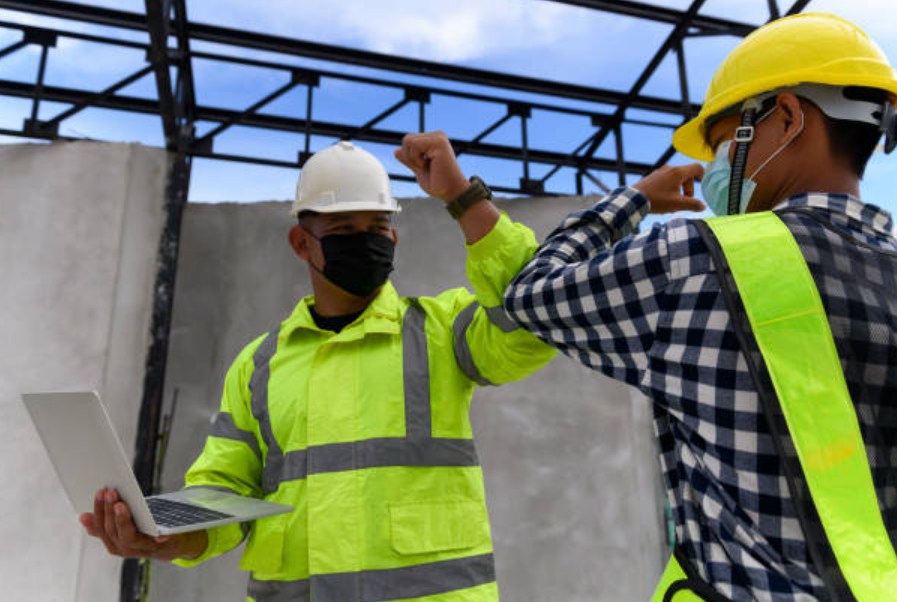What Are the Responsibilities of Height Safety Engineers?
As buildings grow taller and work sites become more complex, the demand for specialists who can ensure safety at heights continues to increase. Height safety engineers play a vital role in protecting lives by designing and implementing systems that reduce fall risk and enhance compliance. But what exactly do these professionals do, and why are they so crucial in the construction and maintenance industries?
1. Risk Assessment and Hazard Identification
One of the primary responsibilities of a height safety engineer is conducting detailed risk assessments. Before any work begins at height, these professionals evaluate the environment to identify potential hazards such as weak anchor points, inadequate access routes, or unprotected edges. Their findings form the foundation of a tailored safety strategy that aligns with site conditions and legal standards.
2. System Design and Planning
Based on the risk assessment, the engineer designs bespoke fall protection systems. These could include static lines, anchor points, ladders, guardrails, or walkways. A well-designed solution must account for the specific tasks being performed, the number of workers involved, and the site’s ongoing maintenance needs. The objective is always the same: eliminate or mitigate the risk of falls through effective engineering.
3. Compliance with Safety Standards
In Australia, fall protection is governed by strict workplace health and safety regulations. Engineers must ensure that all systems meet or exceed AS/NZS standards. Their knowledge of legislation and industry codes allows them to develop solutions that not only protect workers but also keep businesses compliant, reducing the risk of costly penalties.
4. Installation Oversight and Certification
Height safety engineers often oversee the installation of the systems they design. They ensure that installers follow specifications precisely and that every component is securely and correctly fitted. Once installed, the engineer conducts thorough testing and provides certification to confirm the system’s reliability and legal compliance.
5. Ongoing Maintenance and System Audits
Safety systems require regular inspection and upkeep. Engineers may be called in to audit existing infrastructure, identify wear or damage, and recommend repairs or upgrades. This is particularly important for buildings where height safety netting was installed several years ago and may no longer meet current standards or operational needs.
6. Worker Training and Education
Finally, many engineers also provide training to ensure workers know how to use the equipment safely and effectively. This includes demonstrating correct harness attachment, emergency response procedures, and maintenance routines for personal protective equipment.
Height safety engineers are essential to modern construction, not only for designing safe systems but also for ensuring those systems evolve with industry needs. Their expertise is key to keeping workers protected, businesses compliant, and projects moving forward with confidence.





